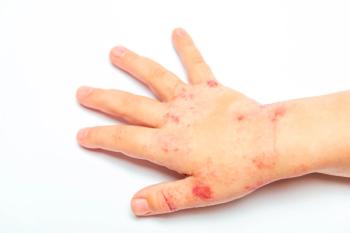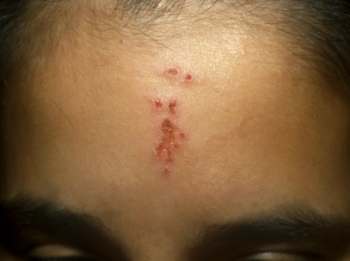
Diversity in dermatology clinical trials remains stagnant
An article in examines if any changes have been made to the diversity of dermatologic clinical trials conducted from 2010 to 2015 compared to 2015 to 2020.
There have been efforts in dermatology research clinics to improve representation of patient sex, race, and ethnicity, but data on theresults of this endeavor have been sparse. In response, researchers aimed to characterize the diversity of patients in dermatologic trials conducted in the United Statesby comparing patient participation datafrom 2015 to 2020 vs 2010 to 2015, relating to common dermatologic conditions affecting all demographics.
The systematic literature review was populated by PubMed searching for randomized clinical trials published between July 1, 2015, and July 1, 2020. The keywords alopecia areata, acne, atopic dermatitis, lichen planus, psoriasis, seborrheic dermatitis, and vitiligo were used and the data collected included distribution of participant demographic characteristics, funding source, and journal type information.
To emulate the United States census data, studies were defined as unrepresentative of race and ethnicity if they included less than 20% ethnically or racially diverse patients or unrepresentative of sex if they included less than 45% female participants, according to the article. Python was used for statistical analysis by χ2 tests or Fisher exact tests.
In total, 392 randomized clinical trials were used in data collection. Comparing the period from 2010 to 2015 vs 2015 to 2020, the reporting rate for race and ethnicity in United States studies has increased from 59.8% to 71.9% (P = .05). Yet, the proportion of reporting articles including at least 20% non-Caucasian representation remained unchanged at 38.1% with 37 of 97 reporting randomized clinical trials in 2010 to 2015 and 53 of 139 reporting randomized clinical trials in 2015 to 2020 (P = .99), the article continued. Out of all the dermatologic conditions, psoriasis studies included the least diversity, with 12.1% of studies recording at least 20% non-Caucasian participants and 29.5% of studies recording at least 45% female participants.
“The findings of this systematic review suggest that reporting racial and ethnic data since 2010-2015 has become more transparent,” the researchers wrote. “However, inclusion of representative patient populations may still be considered inadequate, particularly in psoriasis studies.”
Reference
1. Chen V, Akhtar S, Zheng C, Kumaresan V, Nouri K. Assessment of changes in diversity in dermatology clinical trials between 2010-2015 and 2015-2020: a systematic review. JAMA Dermatology. Published online January 26, 2022. doi:10.1001/jamadermatol.2021.5596
Newsletter
Access practical, evidence-based guidance to support better care for our youngest patients. Join our email list for the latest clinical updates.









